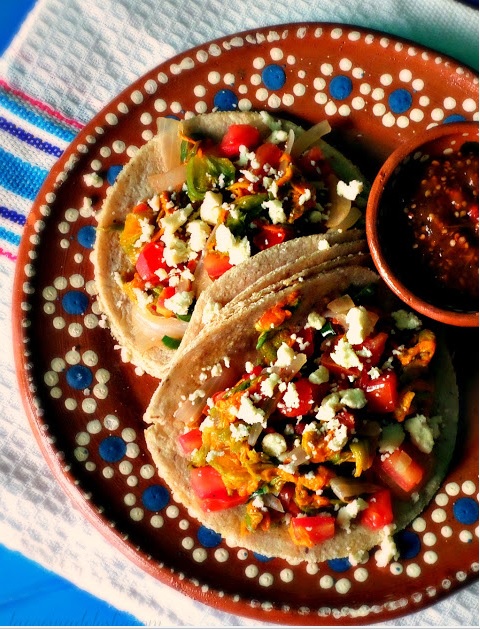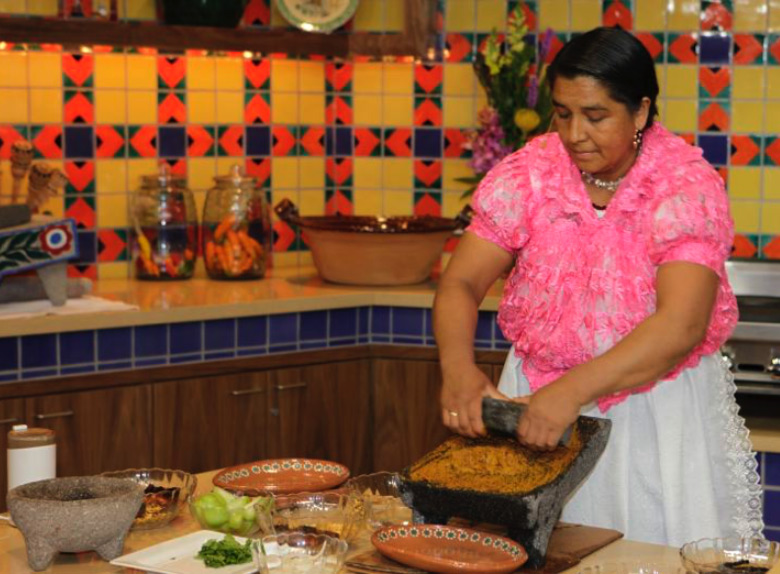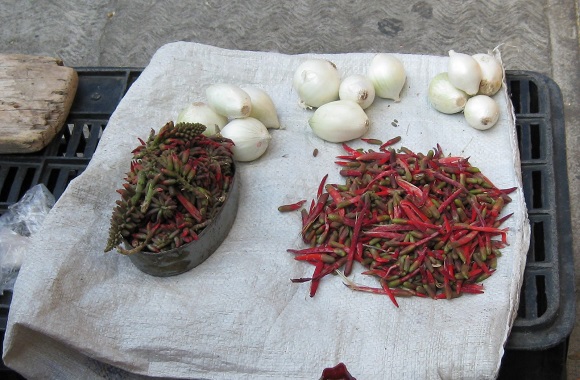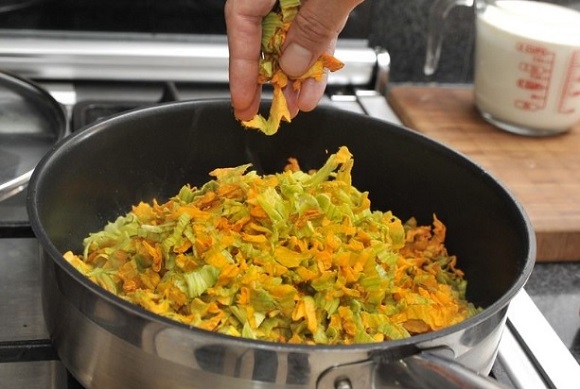Hello foodies; raw, vegetarian, meatlovers and all. Greetings from Mexico City.
I would like to open this space, dedicated to the topic of La Cocina Mexicana, and its gifts to the cuisine of the world.
I have personally met different actors on this matter, ranging from grandmothers, to mayoras (the woman in charge of a commercial kitchen) even touching base with the main players in the restaurant business (I am fortunate to count them all as my friends).
But Mexican food is better searched for off the fancy tables; everyone knows this.
Allow me to share a personal experience. During the 80’s, my parents built a house in the town of Tepoztlán. Being an engineer, my father immediately bonded with his workers and it wasn’t long before we were invited to share their meals. And so it came that every Saturday morning, my parents would bring coffee and sweet bread for everyone, and we would get to experience the flavors of that village.
I distinctively remember the chompantles; these were the flowers of the colorín (Erythrina coralloides) cooked and served in a quesadilla. I remember thinking how lucky we were, living in this land where you can eat the flowers. In this way I became aware of different flowers which are part of our diet, being my favorite: la flor de calabaza (pumpkin flowers).
I just finished eating a new concoction. This morning I was downtown at the Zócalo and there I met Mr. Pascual “Paz de la Milpa” Gasca González. He is one of the keepers of our native maize. He specializes in nixtamalization; now this process is one of the main contributions of Mexican cuisine. Nixtamalization is fundamental in the production of corn chips.
Mr. Pascual has invented a Mexican Pizza and believe me; no one knows better his main ingredient: maize dough. He uses single crop grains from his native town and mixes in different flavors, coming up with an exciting base for his toppings. Now this is where it gets exciting; his base pizza is covered with refried black beans (frijoles refritos) and a paste made from Cuitlacoche (a fungus that grows on corn, considered a disease in some countries) which reminded me of olive paste. And on top, he stacked a bunch of pumpkin flowers with a little epazote.
Luckily pumpkin flowers are very common in my city, and I’m always on the lookout for the freshest as they wilt easily. They can be eaten al dente, or even raw.
So far I have only cited two examples, but there are many others. From the top of my head I can think of hibiscus flowers, which my good friend Ricardo Muñoz Zurita has propagated in the form of quesadilla filling. I could also mention roses and carnations, being aware that I’m probably leaving out some very important ones.
I would like to invite our readers in helping build the topic of flowers for food, and together expand it in the hope of a better knowledge.
by Jaime Toledo for the San Miguel Times
Jaime Toledo is a Chilango epicurean food critic, Mexican gastronomy connoisseur, musician, precolombian reenactor, graphic artist and professional yoga instructor, now contributing for the San Miguel Times.





